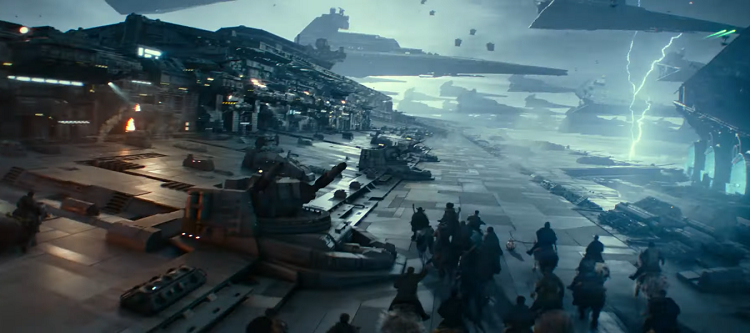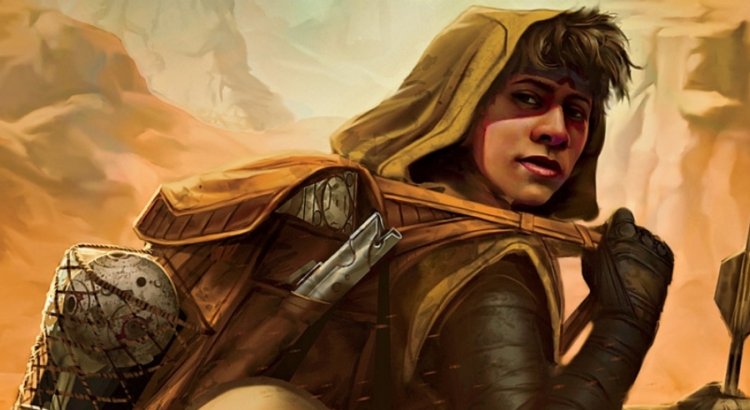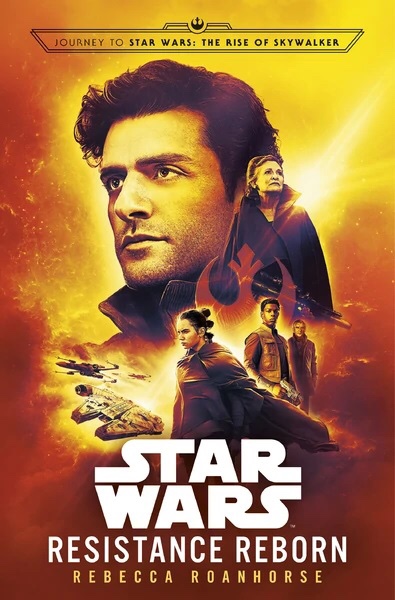The Rise of Skywalker happened a long time ago in a galaxy far, far away. It is already over. Nothing can be done to change it.
So, what now? Rumors abound, but outside of season two of The Mandalorian and a slate of books and comics that looks pretty similar to last year’s (at least until they spill the details on Project Luminous), exactly what form mainline Star Wars content will take remains an open question. The Old Republic, or maybe the Even Older Republic, seems to be the most likely next step, if only to give the sequel cast some time to breathe and perhaps age up a little.
But the galaxy didn’t end just because the Skywalker saga did; the story of those characters will go on, first in fanfic and almost certainly in officially-licensed material of some sort, someday. Let’s dwell for a moment on what that day might look like.
Rey may be the last Jedi, but even the relatively tight confines of the sequel films have established at least two other Force-sensitives in Finn and Temiri Blagg, better known as Broom Boy. Potentially even Jannah’s entire company of former stormtroopers depending on how strictly you want to interpret ROS’s nudges–imagine for a moment a new Jedi Order whose first class is composed almost entirely of First Order stormtroopers! It’s a hell of a thing. Between that and Rey’s own training seeming to have come at least as much from the original Jedi texts as from the Skywalker twins, you’ve got a recipe for a very different Jedi Order.
And they’ll have their work cut out for them. Another side effect of the saga’s tight-focus ending is a lot of lingering threads and unanswered injustices in the galaxy: slavery, both biological and mechanical; a newly-familiarized Unknown Regions with untold mysteries and threats, the ignorance of which allowed the First Order to rise in the first place; and even within the quote-unquote civilized galaxy, political divisions have been exposed that make the Empire look positively centrist. Not only are the possibilities endless, but it strikes me that they’re uniquely interesting in their potential to underline the ways in which the old Jedi let the galaxy down in the name of holding it together, and the lessons Rey might have learned from them.
So with that in mind, what’s an established, persisting injustice in the GFFA that you think an ideal NJO should take on? If you’re Grand Master Rey, what would you do in your first hundred days?
Read More




